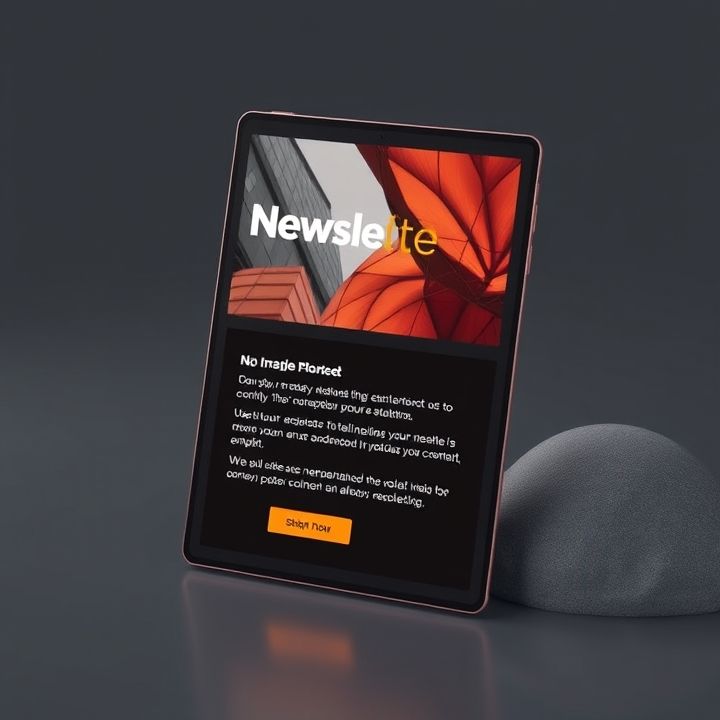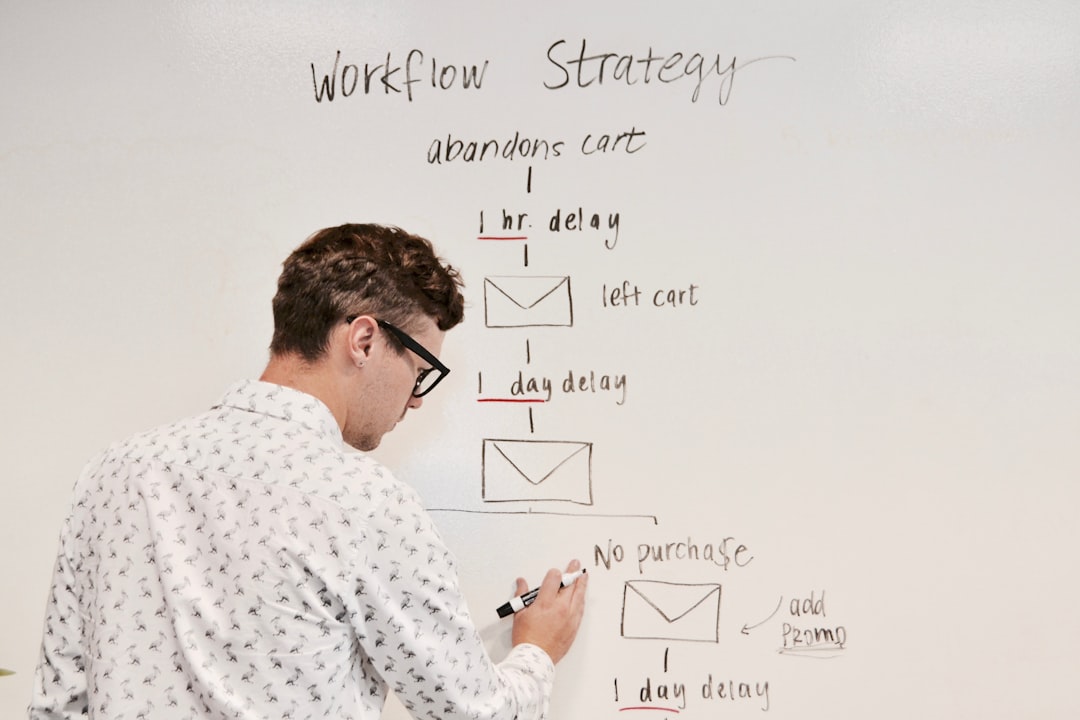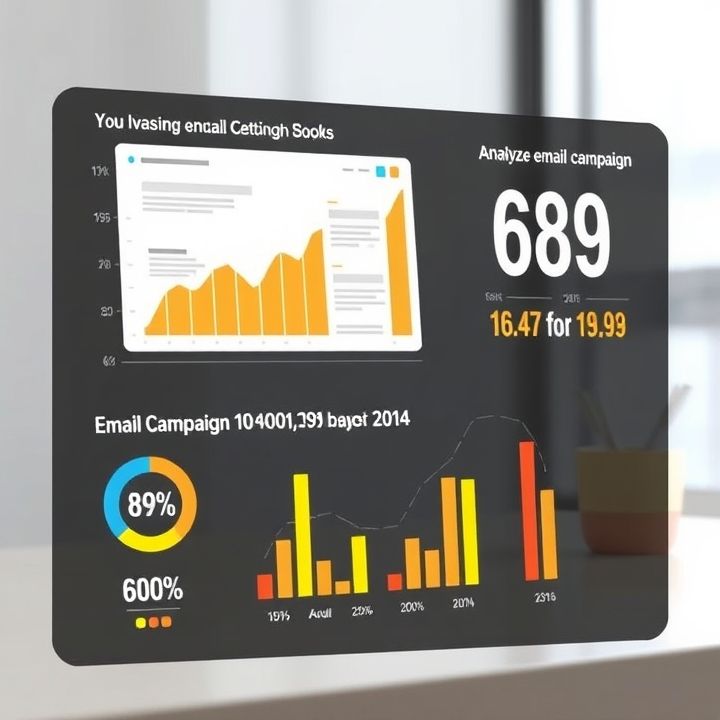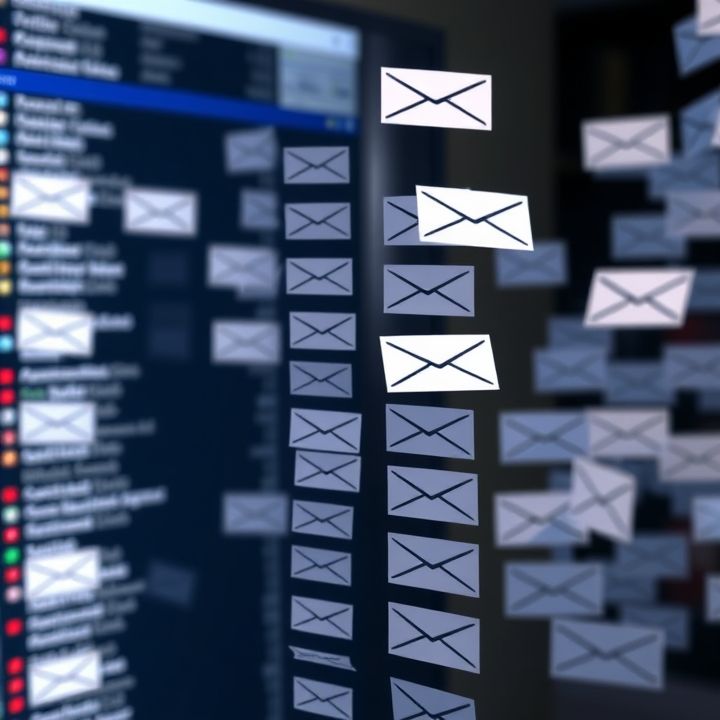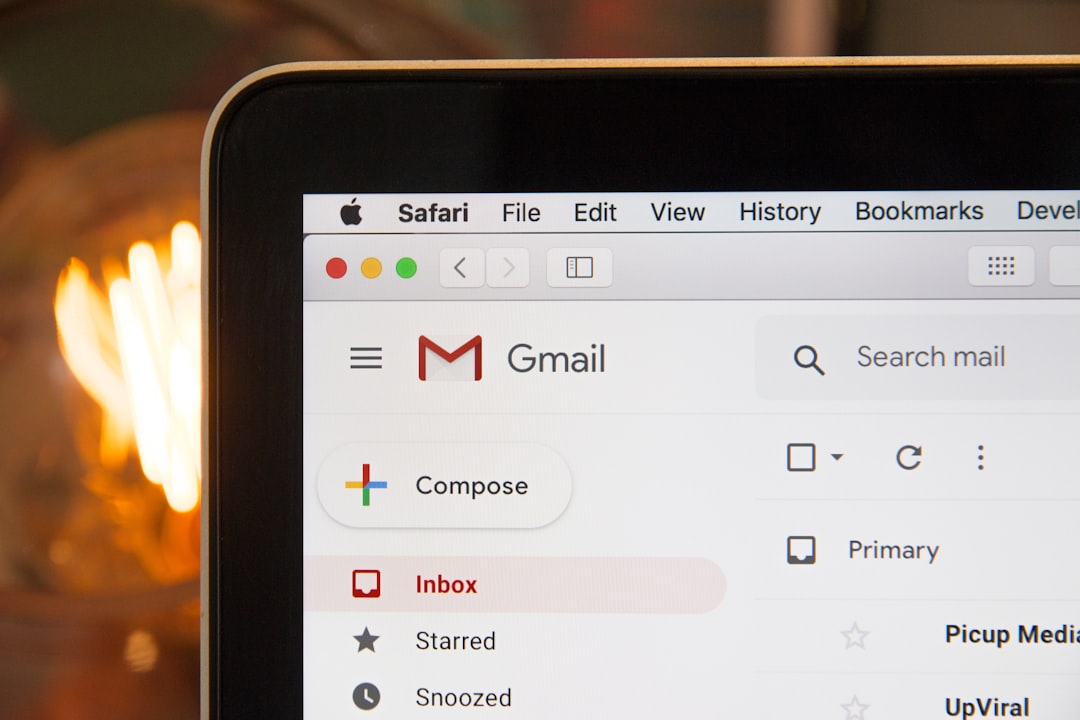Table of Contents
- Introduction
- Personalization Techniques for Subscriber Engagement
- Creating Valuable and Relevant Content
- Utilizing Segmentation for Targeted Communication
- Implementing Feedback Loops to Enhance Relationships
- Consistency in Communication and Branding
- Conclusion
- Frequently Asked Questions
Introduction
Welcome to the digital age, where email marketing remains an indispensable tool for building meaningful relationships with subscribers. In this article, we are not just going to explore theories—we will uncover proven strategies that you can implement today to cultivate unbreakable connections with your subscribers. These tactics are crafted to supercharge your engagement and boost the loyalty of your email list.
To give you a taste of what’s to come, here’s a glimpse of the essential components of effective email relationships:
| Component | Key Strategy |
|---|---|
| Subject Lines | Craft irresistible hooks to boost open rates |
| Segmentation | Deliver personalized content to targeted groups |
| Automation | Save time while maintaining consistent engagement |
| A/B Testing | Refine your strategy based on real data |
Ready to delve deeper into these strategies and more? Join us as we unlock the secrets to fostering robust and resilient email subscriber relationships. Your journey to marketing mastery starts here!
Personalization Techniques for Subscriber Engagement
Personalization is a key strategy for engaging email subscribers and building a loyal customer base. One effective personalization technique is using the subscriber’s name in the subject line and email content, which can significantly increase open rates. Beyond just names, segmenting your email list based on subscriber behavior, preferences, and demographics allows you to tailor content that resonates with specific groups. For instance, sending targeted recommendations based on past purchases or browsing history can enhance user experience and foster a sense of connection.
Another personalization approach is dynamic content, which adapts in real-time according to the user’s characteristics or interactions. This can include altering product suggestions, special offers, or highlighting different topics within the same email template. Using triggered emails, such as welcome emails, cart abandonment reminders, or birthday wishes, can also make the subscriber feel valued and understood.
Additionally, gathering feedback through surveys or polls can help refine your personalization strategies by understanding what content subscribers enjoy and find useful. By ensuring that your content remains relevant, timely, and reflective of your subscribers’ interests, you maintain strong, engaged relationships that drive long-term success.
Creating Valuable and Relevant Content
Creating valuable and relevant content is a cornerstone for building and maintaining strong relationships with your email subscribers. It is essential to know your audience well to tailor content that meets their needs and interests. Start by segmenting your email list based on subscriber preferences, behaviors, and demographics, so you can send targeted campaigns that resonate with different groups. Personalization goes a long way in making subscribers feel valued.
Moreover, ensure that the content you provide is informative, actionable, and engaging. This could include how-to guides, industry insights, or exclusive offers that are not available elsewhere. Regularly update your audience with fresh content that keeps them interested and encourages them to anticipate future communications.
Interactive elements such as surveys, polls, and feedback requests can also increase engagement by involving subscribers in the content creation process. It makes the relationship more dynamic and fosters a community feel. Finally, always pay attention to the design and structure of your emails; they should be visually appealing and easy to read on any device.
By consistently delivering valuable and relevant content, you strengthen trust and loyalty, encouraging subscribers to remain engaged with your brand over time.
Utilizing Segmentation for Targeted Communication
Utilizing segmentation for targeted communication is a powerful strategy in building and maintaining strong relationships with your email subscribers. Segmentation involves dividing your subscriber list into distinct groups based on specific criteria such as demographics, purchase history, or engagement level. By doing this, you can tailor your messages to meet the unique needs and interests of each segment, making your communication more relevant and personalized.
For instance, you might create segments based on purchase behavior, sending targeted promotions to frequent buyers, while engaging potential customers with educational content. Additionally, engagement data can help you identify subscribers who might be at risk of disengaging, allowing you to implement re-engagement strategies such as special offers or personalized content to rekindle their interest.
By refining your approach and ensuring that each message resonates with its intended audience, segmentation can significantly improve open rates, click-through rates, and overall engagement. Ultimately, this tailored communication approach fosters a stronger connection with your audience, enhancing loyalty and encouraging long-term subscriber relationships.
Implementing Feedback Loops to Enhance Relationships
Implementing feedback loops is a crucial strategy for building and maintaining strong relationships with email subscribers. A feedback loop involves collecting opinions and data from subscribers to improve their experience and your service. This can be achieved by regularly sending surveys or asking for feedback at the end of newsletters. By doing this, you demonstrate to your audience that their opinions are valued and considered. This engagement fosters trust and loyalty among subscribers, as they feel their voices are heard and respected. Additionally, feedback loops provide insights into subscriber preferences, enabling you to tailor content to their needs, thereby enhancing engagement rates.
Furthermore, you can personalize email content based on collected feedback, transforming generic messages into personalized experiences that resonate with individual subscribers. This personalization not only strengthens the relationship but also increases the likelihood of conversions. Additionally, addressing subscriber concerns and acting upon their feedback prompts a positive cycle of improvement and engagement, setting a foundation for lasting relationships. Remember, the key to successful feedback loops lies in not just gathering feedback, but in analyzing and implementing the suggestions constructively. Ultimately, the consistent practice of listening and responding thoughtfully paves the way for a more connected and invested subscriber base.
Consistency in Communication and Branding
Consistency in communication and branding is crucial when building and maintaining strong relationships with email subscribers. It starts with establishing a recognizable brand voice and sticking to it. This means using the same tone, language, and style across all your email communications. Consistency helps create a sense of familiarity and trust among your subscribers, making them more likely to engage with your content.
Additionally, consistency in sending emails also matters. Whether you choose a daily, weekly, or monthly schedule, sticking to it helps set expectations for your subscribers. Regular communication reinforces your presence in their inbox and ensures that your brand remains top-of-mind.
Furthermore, visual branding should not be overlooked. Ensuring that your email template aligns with your overall brand aesthetics, such as matching colors, logos, and fonts, is essential. This visual consistency reinforces your brand identity and enhances recognition.
By maintaining consistency in communication and branding, you cultivate a solid reputation that encourages subscriber loyalty and engagement, ultimately paving the way for a stronger, more connected audience.
Conclusion
In conclusion, fostering unbreakable connections with your email subscribers requires a strategic approach centered around personalization, value, and engagement. By employing techniques like dynamic content personalization and segmentation, you can cater to individual preferences, ensuring each subscriber feels uniquely addressed. Creating compelling and relevant content that speaks to your subscribers’ needs fosters trust and encourages ongoing interaction. Additionally, implementing feedback loops not only enhances personalization but also signifies to your audience that their opinions are valued, building loyalty and trust.
Consistency in both communication frequency and branding is equally crucial; maintaining a reliable presence in your subscribers’ inboxes strengthens brand recognition and confidence. Crafting well-timed, visually appealing emails helps keep your brand top-of-mind and reinforces subscriber familiarity with your content style. In essence, these combined strategies enable you to maintain robust, long-lasting subscriber relationships, ultimately paving the way for a highly engaged and loyal audience committed to your brand’s journey.

